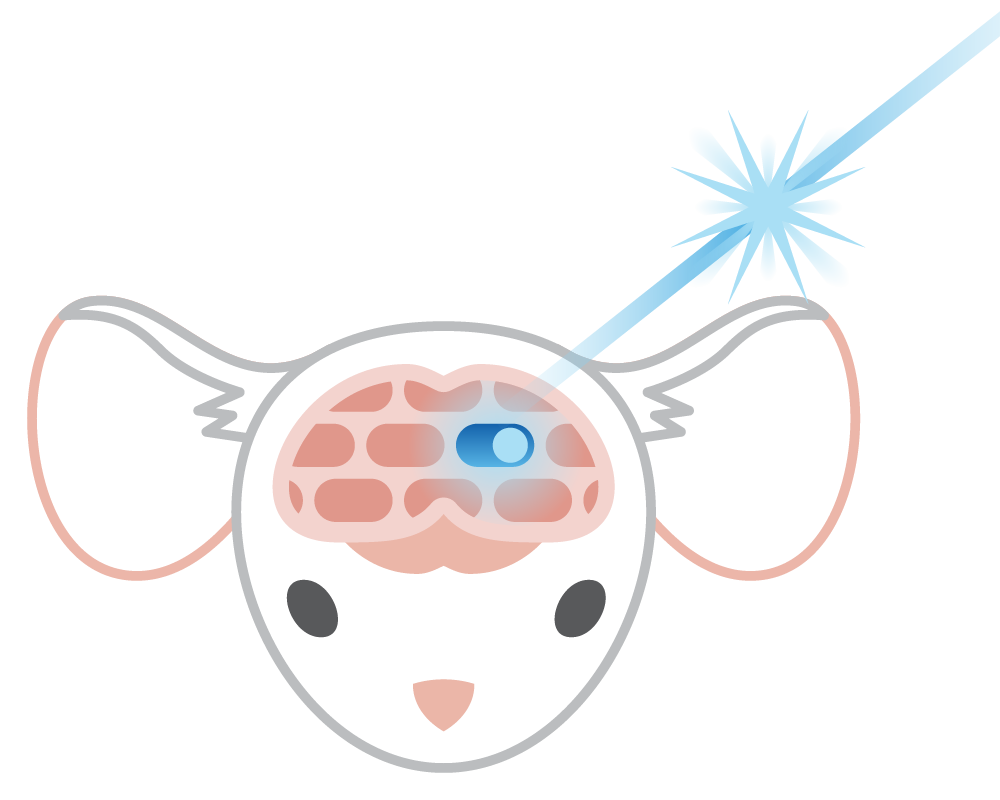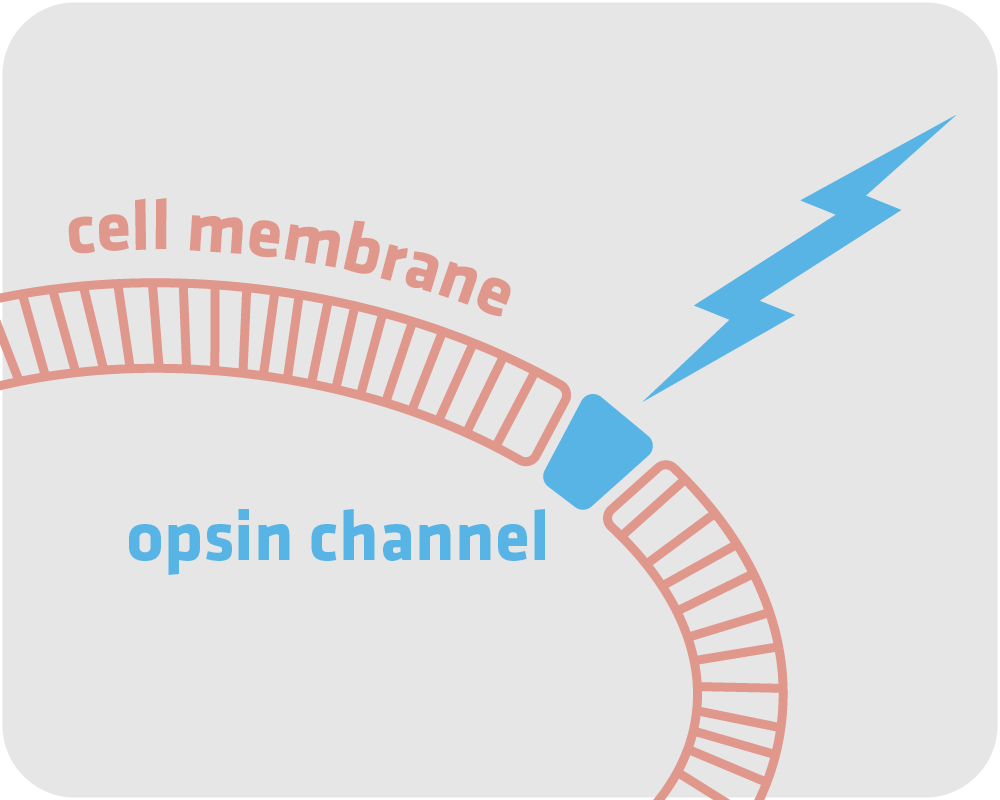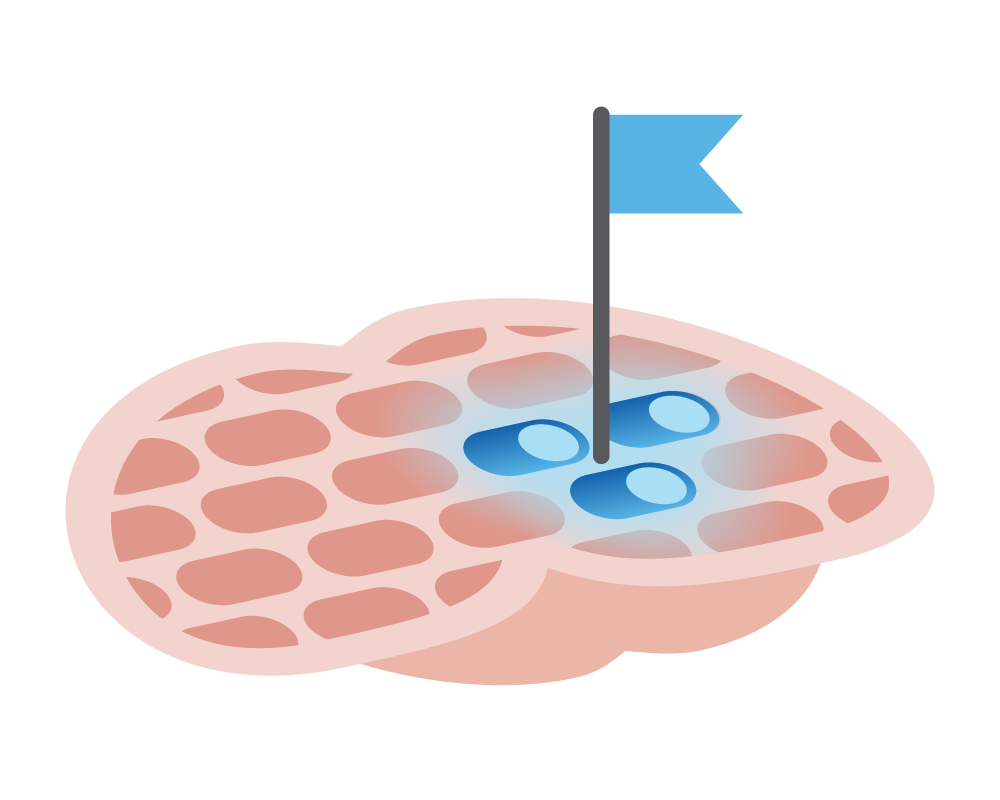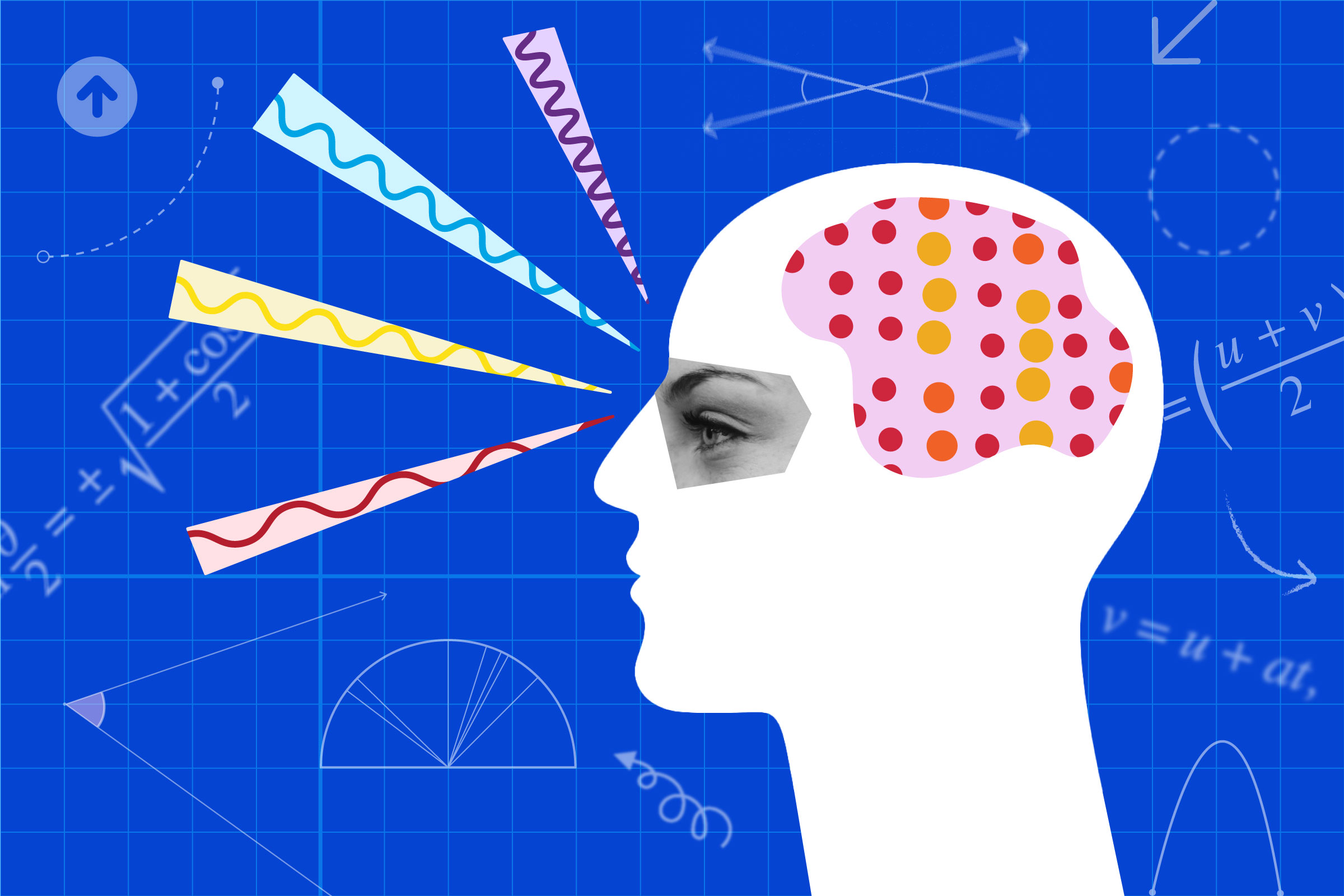Manipulating Neurons
Boris Zemelman has been influential in the field of optogenetics, which is producing insights that could uncork a flood of new therapies.

Illustrations: Jenna Luecke
With a flash of light, neuroscientists can now turn individual brain cells on or off. They do so using a set of tools, pioneered in part by UT Austin neuroscientist Boris Zemelman, called optogenetics.
For the first time, scientists can see how sets of neurons work together in a healthy brain during learning and memory recall, as well as in disorders, such as Alzheimer's, Parkinson's, traumatic brain injury and addiction. Optogenetics is producing insights that could uncork a flood of new therapies.
It's been 15 years since Zemelman and neuroscientist Gero Miesenböck at Memorial Sloan-Kettering first discovered a way to genetically modify nerve cells so they would respond to light. Zemelman's lab now uses optogenetics to both perturb and track neuronal activity.
In a first-of-its-kind study coauthored with Eyal Seidemann, another UT Austin neuroscientist, researchers have even analyzed neurons' activity in primates engaged in a cognitive task. Experiments like these bring scientists closer to understanding the human brain.
Read more on how Zemelman and a team are working to map the brain's activities.
Optogenetics in practice
Scientists use viruses to express foreign proteins in neurons of a living animal, so that the brain cells either sense or emit light. Light-sensing relies on proteins called opsins.
The opsins are inserted into specific brain cells in the animal.

Blue light activates neurons.

Now when a certain color light illuminates these neurons, the opsins respond to the light and activate the neurons — turning them on like a light switch.
Zemelman's team is using this technology to map brain circuits, identifying sets of neurons that carry out tasks, such as seeing or hearing, or experiences, like learning or addiction.




